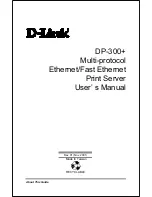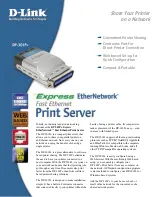
Installation Overview
2-4
Express5800/
ftServer
: System Administrator’s Guide for the Linux Operating System
N O T E
The Linux operating system installer program does not
anticipate customer-added and unknown hardware. Any
such hardware should be added, and the system
configured as required to support it, only after installation
procedures have been completed and the system has
been determined to function as expected.
Linux Version Information
You can check the installed version of the Linux operating system on your system using
the
uname
command. The
-r
specifies that the kernel release level be returned.
#
uname -r
2.6.9-34.EL.serial.idesmp
To check the installed
Express Builder
distribution release level using the
rpm
command, enter:
$
rpm -q lsb-ft-eula_display
lsb-ft-eula_display-4.0-65
Storage Default Settings
C A U T I O N
C A U T I O N
!
Prepare for installation by installing disk drives of identical
size and geometry into the internal storage in the bottom
slot (the two slots labeled 1: sda and sdd) of each
CPU-I/O enclosure. Remove all internal drives from the
other four slots (sdb, sdc, sde, and sdf). The installation
process pairs the two installed drives.
N O T E S
1.
Do not
install
S
ATA disk drives in slots
sda and sdd.
For performance reasons, these drives
are not supported
as boot disks, but can be used freely
as data disks.
2. Express5800/
ftServer
Dual-Core
and Quad-Core
systems may be mounted in a rack or in a pedestal.
The terms
upper
,
top
,
lower
, and
bottom
assume a
rack (horizontal) installation. In pedestals, systems
are rotated 90 degrees counterclockwise from their
rack-mounted position, so
upper
becomes
left
,
lower
becomes
middle
or
right
, and
bottom
becomes
right
.
















































